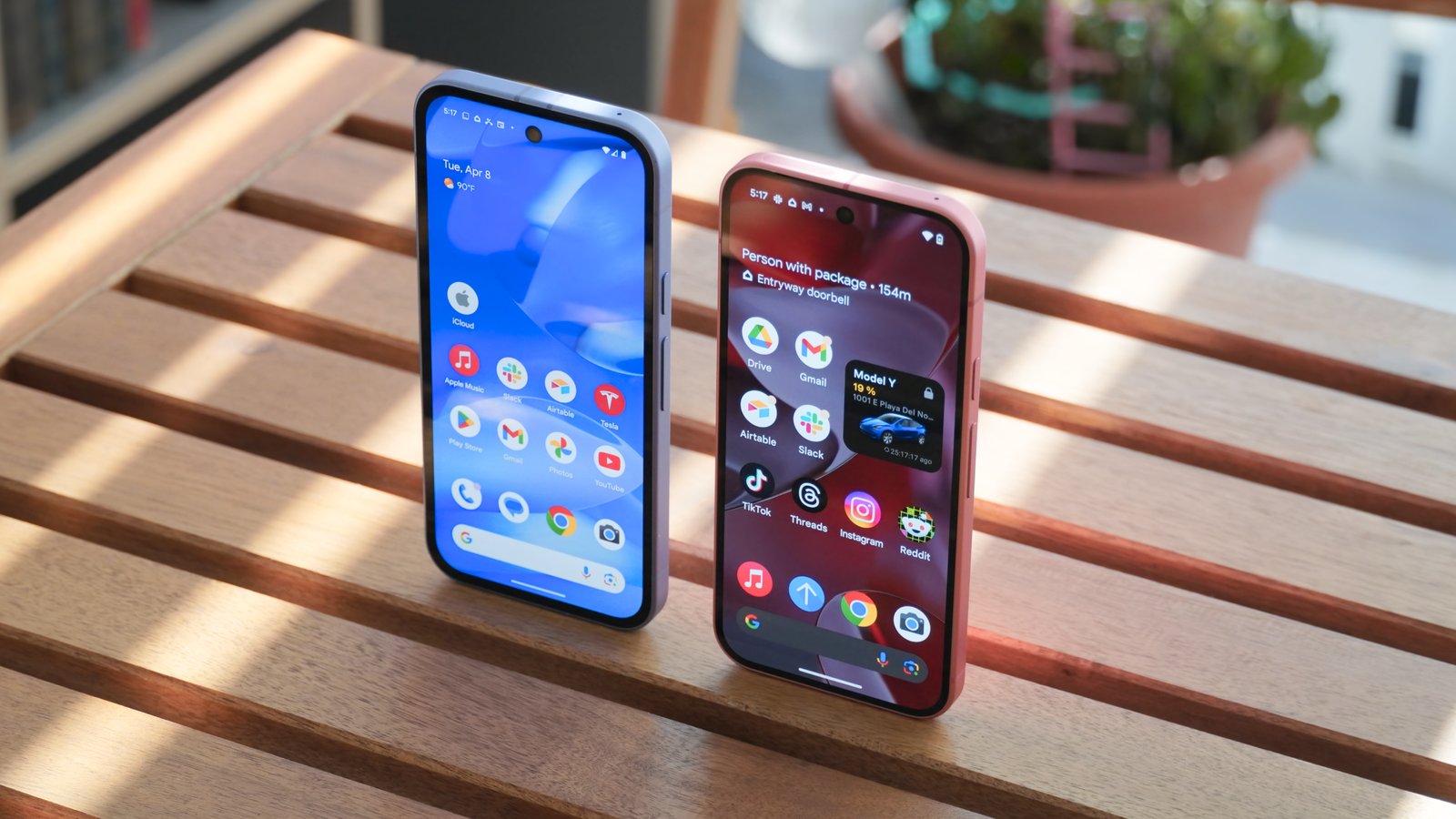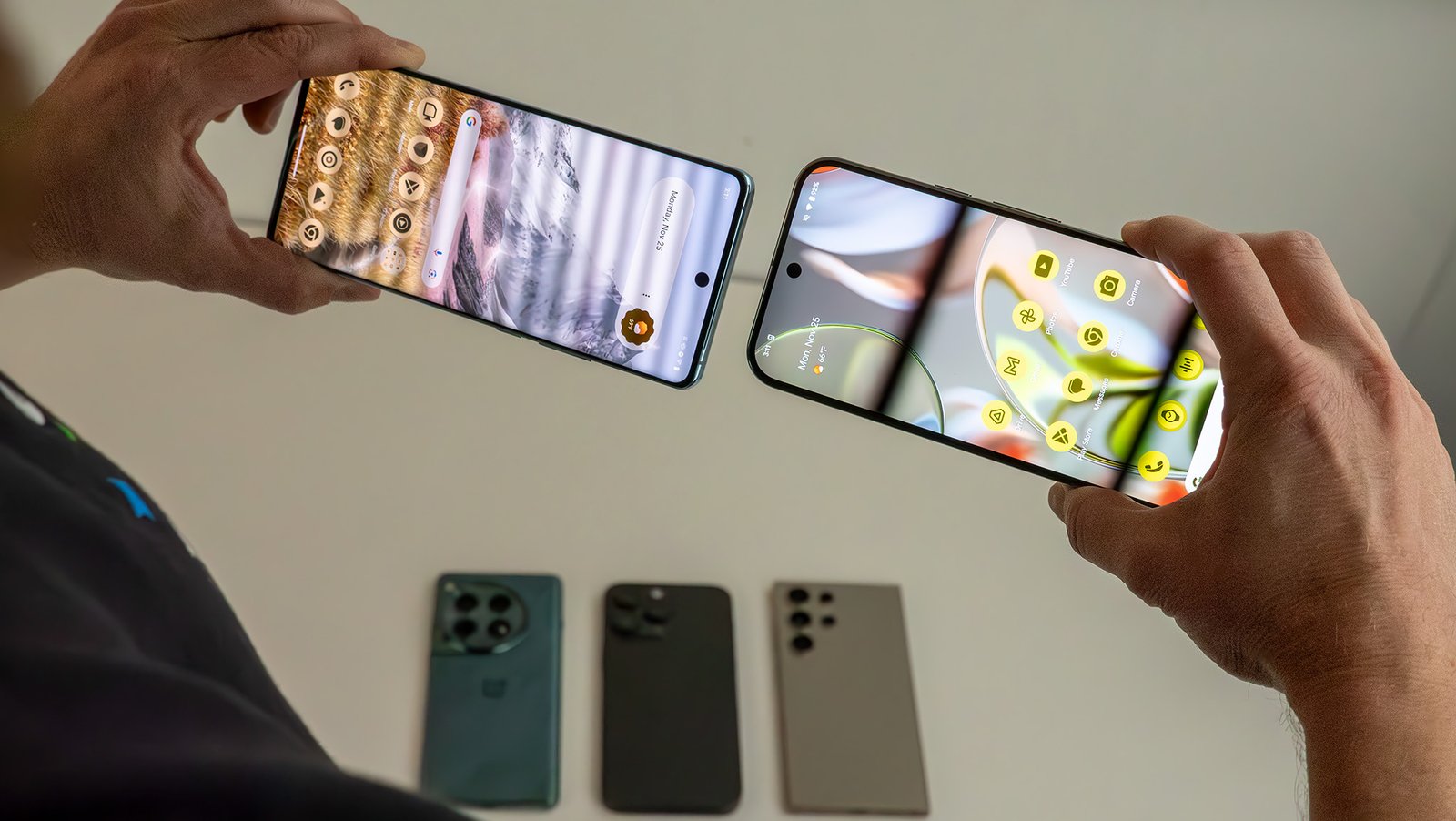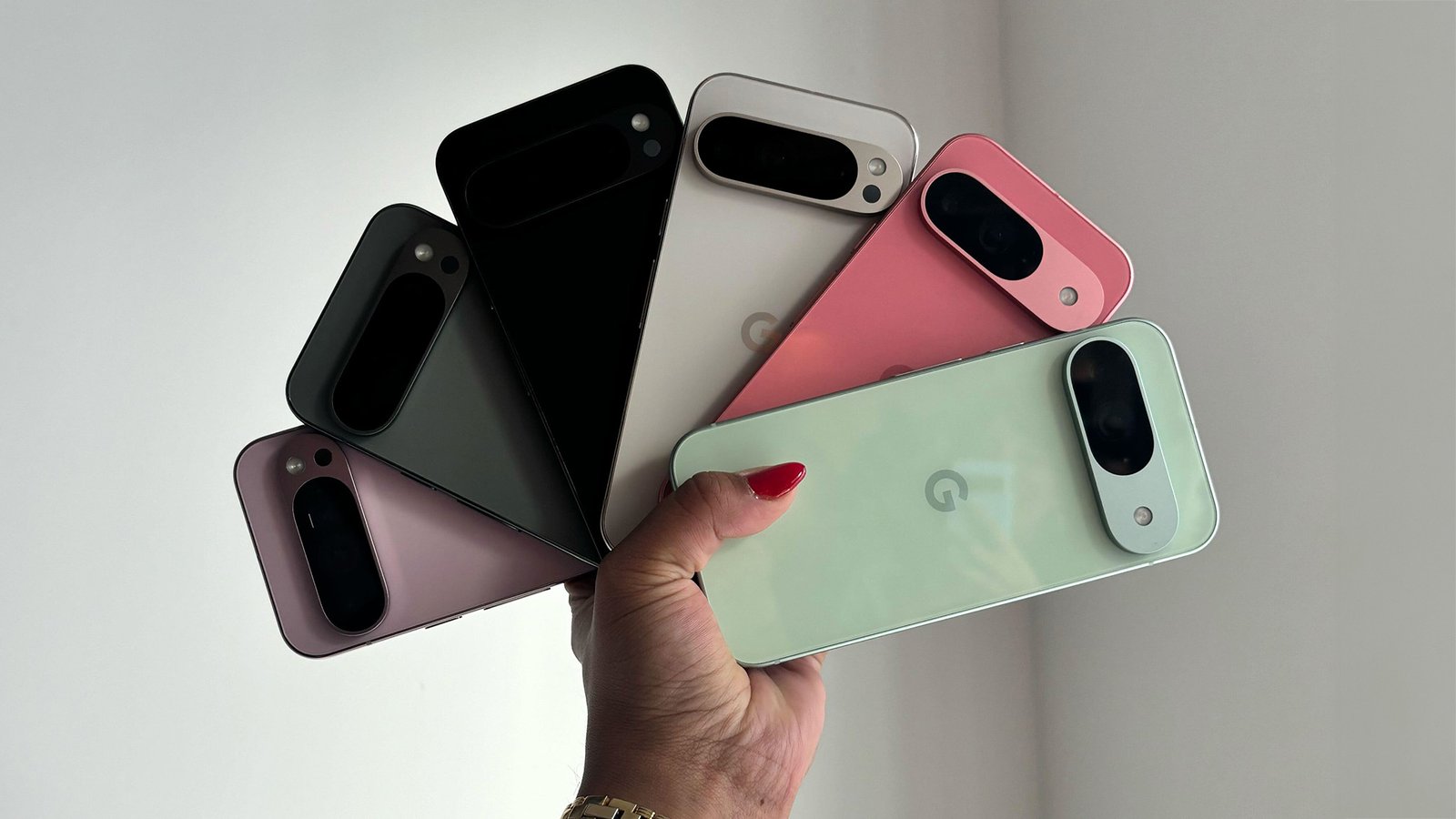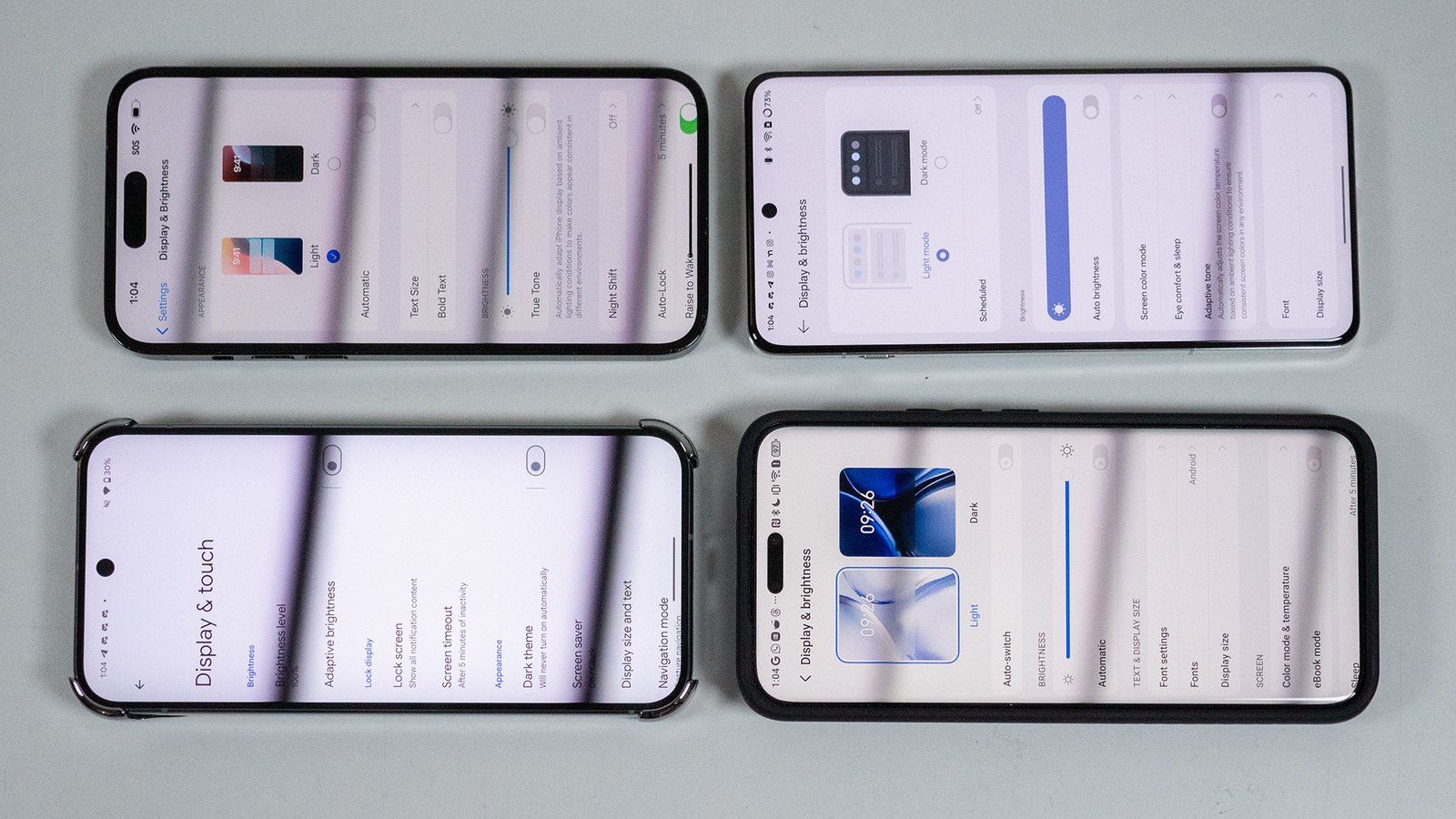Since its debut earlier this month, the Google Pixel 9a has introduced a fresh design and various enhancements, making it one of the standout Pixel models to date. A significant highlight is the display specifications, which now closely resemble those of the pricier Pixel 9 series across the board.
While this is a positive development for many users, there exists a group that cannot use any Pixel display due to severe headaches, and unfortunately, the Pixel 9a has not addressed this issue. When I reached out to the company regarding the possibility of improving the PWM dimming rate or including a flicker-reduction accessibility option, I expected the usual response of “we’ll look into this” but anticipated no follow-up. Instead, six weeks later, Google surprised me with a fantastic reply.
“Google…indicated their teams are aware and investigating this. You can expect updates later this year,” a Google representative informed me.
Understanding the importance of this is crucial. In my two years of analyzing PWM dimming, numerous companies have been open about their efforts to enhance display technology for everyone, particularly for those with accessibility challenges.
To date, both Google and Samsung have remained remarkably quiet on the subject. This marks the first occasion where one of these firms seems to be shifting its approach. Though Google did not specifically reference the Pixel 10, the anticipated updates “later this year” may coincide with the Pixel 10’s launch.
Significance of this Development

Personally, I have a sensitivity to phones with slow PWM dimming rates that has persisted for several years. Each Google Pixel, Samsung Galaxy, or Apple iPhone featuring an OLED screen utilizes PWM dimming technology. This means my daily phone options are limited to brands like OnePlus, Honor, and Nothing, which prioritize eye health alongside display quality.
For too long, display technologies have focused on excelling in quality tests rather than considering the user experience. This trend includes practices like using slow PWM dimming — typically at 240Hz or 480Hz — allowing manufacturers to push OLED screen brightness and color accuracy beyond previous standards. Unfortunately, this can lead to health issues for those sensitive to PWM dimming, as I’ve often referred to.
It’s important to note that I have no history of headaches, migraines, epilepsy, or anything else typically connected to light sensitivity. I also began wearing glasses for the first time in summer 2023, upon being diagnosed with astigmatism in my left eye. Thus, there was no basis to believe I would have sensitivity to flickering lights.

Last summer, I reached out to a custom kernel developer who could adjust the PWM rate in the Pixel 8 Pro’s software. This made the device usable for me once more. However, rooting modern smartphones poses challenges for those who need to use NFC payments or two-factor authentication, as it generally breaches app security standards.
Consequently, my only realistic way to use a Pixel phone full-time again relies on Google providing a method to adjust or disable the PWM rate. While some users prioritize top-tier display quality at any expense, I would prefer to switch to a basic E Ink phone if it meant protecting my eyesight and avoiding daily discomfort.
Thankfully, I may not need to go that far. Devices like the OnePlus 13 and Honor Magic 7 Pro boast dimming rates that are 8 to 16 times faster than those offered by Google’s latest Pixel smartphones, and this change in Google’s perspective could finally bridge that gap in specifications.
Anticipations for the Pixel 10’s Display

There’s no indication that Google will suddenly deprioritize display quality in favor of other features with the Pixel 10. I anticipate that the Pixel 10 will either maintain the 240Hz PWM dimming or follow the lead of the Galaxy S24/S25 Ultra by improving it to a 480Hz configuration as standard. However, this new approach from Google could signify a few possibilities.
Google might introduce an accessibility mode designed for flicker-sensitive individuals that diminishes the flicker from the display. This is a feature that Motorola has included with its Motorola Edge Plus 2023 and has since made available on every OLED device they’ve launched, including the recent Razr 2025 models. Motorola’s full DC-dimming feature stood out until similar options began appearing from Xiaomi and OnePlus a year later, though they have not yet made these available outside of China.
Another possibility is that Google will implement a hybrid dimming mode that combines DC dimming at higher brightness levels with high-Hz PWM dimming at lower brightness settings. This has become a standard practice for many smartphone manufacturers in 2025, encompassing brands like Nothing, OnePlus, Xiaomi, Honor, and Vivo, among others.

Lastly, Google might simply enhance the PWM rate across all scenarios and brightness levels. Currently, Google, Apple, and most Samsung Galaxy devices implement PWM dimming across the board, while brands like Vivo offer their “Full PWM” modes at exceptionally high rates, reaching up to 2140Hz — 5 to 8 times faster than what the major three brands provide.
Whichever direction Google chooses, it will yield a positive outcome for all users, not merely those of us who have developed sensitivity to the extreme PWM dimming associated with various screens and lighting sources. Customizable options and user-selectable features have long been integral to the Android platform, and it’s encouraging to see Google considering requirements for users who need them, not just those we might want.
Of course, there remains the possibility that Google may do nothing at all, leaving me too optimistic. Nonetheless, we will need to await the Pixel 10’s launch to find out.

Should you prefer not to wait for Google to enhance its offerings and provide a more eye-friendly device, the OnePlus 13 meets all requirements, featuring higher performance, quicker charging, superior waterproofing, and exceptional features that will impress you. Additionally, it presents display dimming options suitable for most users.
